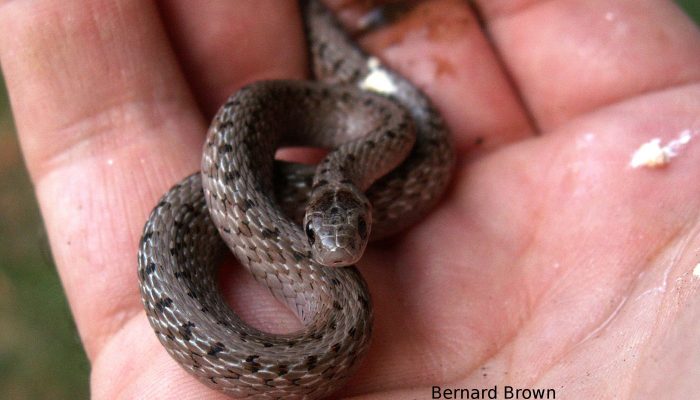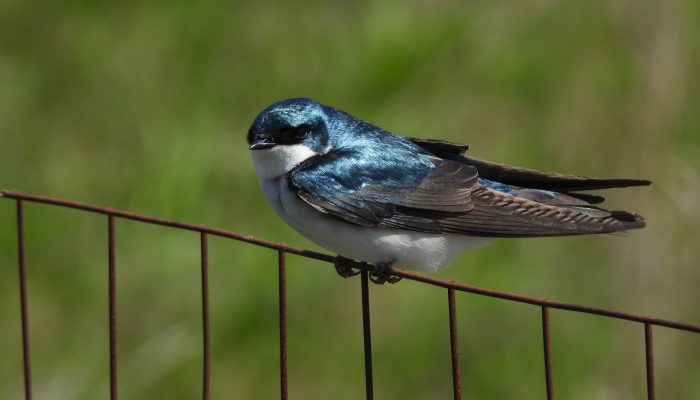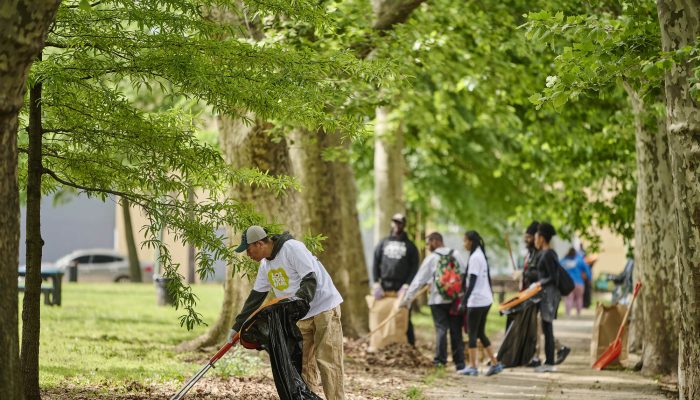Guest post by Bernard S. Brown, Philadelphia County Coordinator, PA Amphibian And Reptile Survey
Look under a rock. Look under a log. Look under an old board. Look under a broken door along railroad tracks. Look under an old shirt that’s been rained and snowed on enough to stiffen into a flat disk, and you might find a brown snake.
This is not a baby garter snake; this is a small species of snake (adults range from about 10 to 18 inches long) that has embraced urban living like no other: Storeria dekayi (also sometimes called “De Kay’s snake”).
They can be found in most of our neighborhoods. There are South Philly brown snakes, North Philly Brown snakes, Great Northeast brown snakes, Mount Airy Brown snakes, Germantown brown snakes, West Philly brown snakes. They even pop up in Center City gardens.
If you’re going to get by in a city, it helps to fly under the radar. These shy, unassuming serpents blend in well with soil, old grass, or dead leaves. It also helps to be small: you can live your whole life in a vacant lot without having to cross a street and get run over by a car. And it helps to eat what a city has to offer, in this case worms and slugs.
Please don’t freak out. Brown snakes are totally harmless (unless you’re a slug or a worm). Their teeth are not big enough to break human skin, and although they will puff themselves up and try to look tough, the worst they can do if you pick one up is poop on you.
During late spring and early summer, brown snakes are particularly easy to find. Brown snakes give birth to live babies in late summer and, as the date approaches, the expecting females (females are already generally larger than males) grow increasingly plump. As fall approaches, you might find brown snakes clustering together near hibernation sites, for example south-facing old walls.
Wherever and whenever you find brown snakes, please snap a quick photo and report your observations to the Pennsylvania Amphibian and Reptile Survey (PARS), a state-funded citizen science project that aims to document reptile and amphibian diversity across the commonwealth. Your observation will help future researchers and conservationists interested in our local critters.




